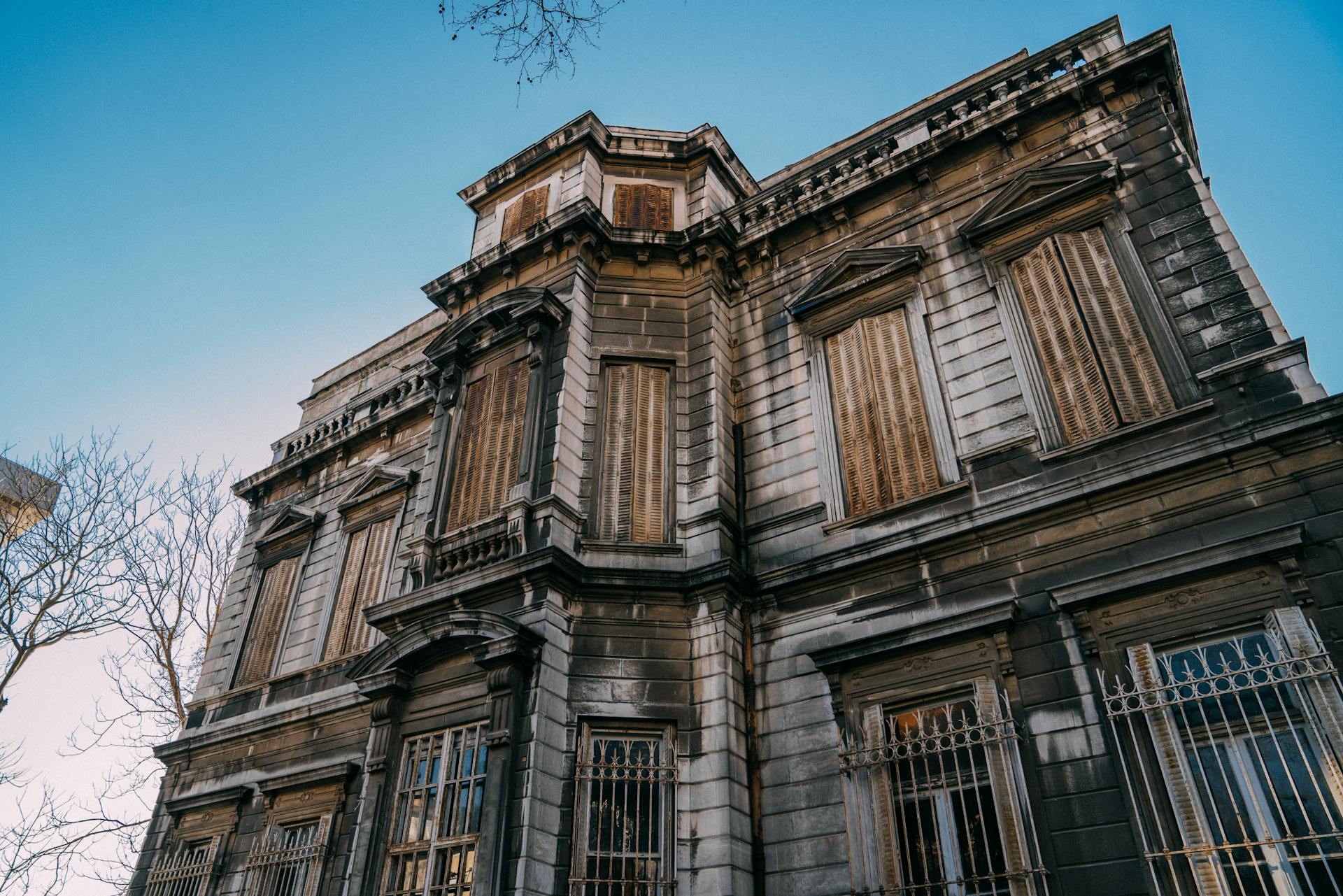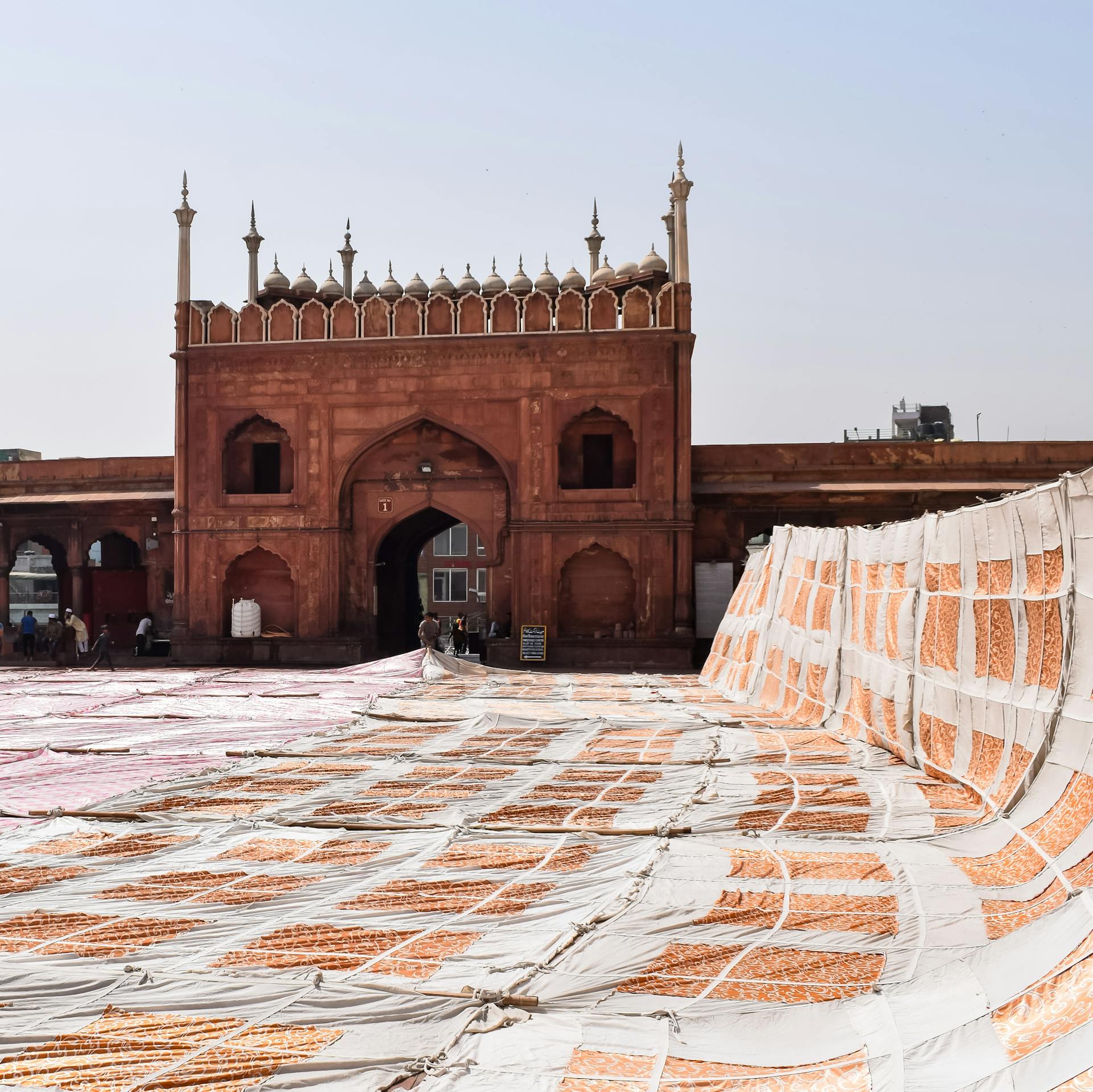
Closed cavity facades have emerged as the newest innovation in facade design, offering a range of benefits that meet the increasing demand for high thermal and acoustic performance transparency. In the past 50 years, notable developments include insulated glazing units and low-emissivity coatings in the 1970s, which brought significant improvements in thermal performance saving an estimated 15 quadrillion btus annually. These advancements were widely adopted and are still a crucial part of curtain wall systems today.
Photo courtesy of industry leaders shows recent advancements collectively forming an emerging market for closed cavity facades. This dynamic adaptive facade technology gives designers control over energy loads while building management software integrated intelligent control systems optimize energy performance to meet sustainability goals. The North American unitized curtain wall is at the forefront of this revolution with its focus on water management and energy crisis solutions. Closed cavity facades offer an exciting prospect of significantly improved thermal performance at low maintenance costs.
Explore the Concept of Closed Cavity Facade and Its Benefits
Closed cavity facades (CCF) are a relatively recent development in the world of building design. Unlike traditional unitized curtain wall systems, which typically include a single pane or traditional double-glazed unit (DGU), CCFs feature distinct glazed wall assemblies separated by an air cavity. This small continuous flow of dry air prevents condensation from exterior conditions while also providing an additional layer of insulation.
Interior solar shading devices, such as blinds or curtains, are typically constructed into these facades to provide shading controls for occupants inside the building. Monitored solar shading devices can also be added to further optimize light levels and energy efficiency. Factory assembly of these components also decreases floor space requirements during construction.
Studies show that building energy consumption can be significantly reduced with CCFs when compared to traditional single skin curtain wall facades. However, closed cavity facades have fewer applications in the market due primarily to lower cost and less-stringent building codes. Nonetheless, given their many benefits, it is no surprise that they have become increasingly popular over the past 20 years, especially with recently developed compact double-skin facades making them a more viable option for more projects than ever before.
Peering Ahead: A Glimpse into What's to Come

Closed cavity facades (CCF) are a promising technology for designing energy-efficient and forward-looking buildings in the 21st century. Completed Building 1 and Designed Building 2 at Figure 8 Richti Areal, Ch. Wallisellenstrasse, are good examples of the potential that lies technically in this innovative type of facade. CCFs implement building envelope energy-efficient solutions with powerful sun protection types, improved light control properties, and heat recovery features to reduce carbon dioxide emissions.
Sunshade technologies are a hot discussed topic in today's world climate since we need to avoid high cooling efforts while our increasingly scarce energy resources demand more efficient ways of using them. The key technology of CCF is designing double skin facades that offer highly individual sun protection solutions without compromising the visually appealing transparent parts of the facade. The quality sun protection curtains inside the cavity facilitate controlled ventilation with manual window ventilation options and bring natural daylight deep into the building while protecting from overheating.
To sum up, closed cavity facades are a promising technology for designing energy-efficient and forward-looking buildings that meet sustainable standards while providing a comfortable indoor environment with natural daylight and fresh air. Innovative sunshade technologies can significantly reduce cooling loads and carbon dioxide emissions while improving occupant comfort and reducing energy consumption. So let's keep an eye on this exciting development in the building industry and peek into what's to come!
From Double Skin Facade To Closed Cavity Facade
The evolution of facades in modern architecture has seen many positive examples, including the transition from double skin facade buildings to closed cavity facades (CCF). The shift was brought about by an open competition between architects and engineers looking for a more efficient way to improve building performance while keeping place prices affordable.
The double skin facade led to limited function heat-up and short circuiting due to the lack of supply air exist, faults appeared over time. The insight created from these failures led to the development of CCF, also abbreviated as non-ventilated double skin facades. They have good heat insulation and a larger depth between the outer skin and the inner wall, which allows for better airflow control and eliminates the risk of overheating. Large numbers of buildings are now fitted with this new design, promising better energy efficiency and lower operating costs.
Why are Closed Cavity Facade Underutilized for Unitized Curtain Wall Systems in the US?
Closed cavity facades have been used in Europe for decades and have gained popularity due to their ability to perform traditional single skin curtain walls thermally. However, one of the biggest reasons why closed cavity facades are underutilized in the North American market is due to higher upfront costs. Building construction requires a deeper study of potential savings that can be realized over the full life cycle of a building, including energy consumption and mechanical systems.
Despite higher upfront costs, closed cavity facades can be a viable option for building owners looking to save on energy costs in the long run. The rise of closed cavity facades is being recognized as an ideal solution to maximize useable floor space while reducing energy consumption point through reduced mechanical loads, lower exterior temperature transference and improved acoustic performance building mechanical system sizes. In addition, closed cavity facade systems offer lower maintenance and eliminate the need for blinds, which also contributes to saving building owners unrealized energy costs.
As environmental concerns related to building construction continue to emerge, close cavity facades' emergence has become more prominent. With stringent building performance codes coming into effect, it is important for recognized experts to contribute opinion columns on high-performing sustainable built environment practices wed with member benefits. Industry experts offer voices advocating for these practices while providing coverage send research straight from the latest news trends. LED light bulbs revolutionizing incandescent light bulb transition early 2000s offer cost savings similar to that of closed cavity facades long-term energy efficiencies when compared with their European counterparts.
Share your thoughts: Leave a comment
Have you ever heard of closed cavity facades? This innovative design has been gaining popularity in the construction industry due to its impressive thermal performance and energy efficiency. The idea behind this design is to create an air gap between the outer and inner layers of the wall, which helps to regulate temperature and minimize heat loss. What are your thoughts on closed cavity facades? Do you think they are an effective solution for reducing energy consumption in buildings? Post your comments below!
The Differences Between Traditional Single Skin Facades, Double Skin Facades, and Closed Cavity Facades
Single skin facade is the most basic type of wall system used in buildings. It consists of a single layer of glass or other materials with no insulation. In contrast, double skin facades consist of two layers of glass separated by a ventilated cavity. The air flowing in the cavity creates an insulating barrier between the inside and outside environment resulting in improved thermal performance. Today, double skin facades are considered standard practice in many cities worldwide due to their acoustic reasons, energy performance, and mechanical system.
However, double skin facades have some drawbacks that make them less favorable for some building types and projects. Factors including higher cost, stringent building code requirements for thermal performance, and slower installation time needed to be considered before choosing this wall type. Closed cavity facade is a compact double skin facade consisting of a single glazing system depth of 12 inches creating a ventilated cavity with low volume clean dry air supplied to prevent condensation. It offers the thermal advantage of a typical double-skin facade while also providing enhanced shading control through an exterior operable shading device controlled by blind control management software integrated with HVAC systems resulting in lower maintenance costs.
In summary, closed cavity facades offer significant benefits over traditional curtain wall units or even standard double-skin facades while still offering customizable shading controls based on internal and external lighting conditions as well as building adjacent shading conditions. With high-performance low-e coating on triple-glazed unit (TGU) or double-glazed unit (DGU), closed cavity facades can achieve excellent U-values while still remaining completely closed to the environment. As European markets require higher levels of energy performance from buildings; it is reasonable to assume that we will see more closed cavity façade systems applied across various building types soon.
An Essential Piece: Lameless Sun Protection

Sun-protecting lamelles are an essential piece in closed cavity facades. They play a crucial role in regulating the daylight situation and ensuring sustaining g-values to keep the building cool. To measure their sun protection efficiency, calorimetric testing is conducted, which includes long-term tests to evaluate their operating characteristics. These tests are necessary to comply with the IFT Directive VE 07 and ensure that these lamelles provide the best possible sun protection for the building's inhabitants.
Discover Exciting Articles about Related Products

Looking for more information on closed cavity facades? Check out these exciting articles about related products that can help you understand the benefits and advantages of this innovative building technology. From energy efficiency to improved insulation, these articles offer a wealth of information for architects, builders, and property owners alike. So why wait? Discover the latest trends in closed cavity facades today and see how this cutting-edge technology can help you save money, reduce your carbon footprint, and create a more sustainable future!
Revolutionary Innovations Introduced by CCF

In the past decade, closed cavity facades (CCF) have been successfully realised in numerous high-rise headquarters buildings such as Roche Tower, the highest skyscraper in Switzerland. The Roche Head Quarter Building 1, designed by the Roche Building Department with CCF technology, has a unique building view and a white monumental appearance due to the absolute clean white surface of the CCF.
CCF-resulted design advantages include sun-protecting lamellas that allow natural light to enter while reducing heat gain and glare. Practical experiences have shown that early morning hours results in an especially impressive effect when light refracts off of the closed cavity facade. In comparison to conventional double skin facades, CCF provides improved energy performance and acoustics.
The Advanced Facade Technology – CCF
Closed cavity facades (CCFs) are a type of double skin facade that has been gaining popularity in the market today. One of the most important elements in a CCF is the so-called dew point distance, which refers to the critical temperature below which moisture on inner surfaces will condense. This distance can be increased by using well-designed ventilated double skin facades, natural ventilation, or openable flaps to allow dried air into the cavity.
The CCF element is a key component of this system, providing good sound insulation and sun shading properties while also ensuring an air-tight seal between the outer single glazing and inner surfaces. The system produces dried air through a network of local and central units, using airtight tubes with small diameters, drying boxes in close proximity to ceiling voids, and desiccant cartridges employed in distributed conditioning units called AHC units. During regeneration process, compressed air is used to remove moisture from the drying agent.
Using CCFs may require additional investment compared with conventional double skin facades; however, this modest additional investment can be offset by lower annual maintenance costs because of reduced window sash maintenance costs and energy savings resulting from efficient use of dry-air systems. HVAC planning teams must ensure clear interfaces and correct operation across all connected elements to ensure that the entire system operates optimally over its written system warranty period of ten years.
Frequently Asked Questions
What are the disadvantages of double skin façades?
Double skin façades can be expensive to install and maintain, and may also cause issues with ventilation, thermal comfort, and condensation if not designed properly.
What is a circadian curtain wall?
A circadian curtain wall is a type of building facade that helps regulate the body's natural sleep-wake cycle by controlling the amount of natural light that enters the building. It can improve energy efficiency and promote health and well-being for occupants.
What are the different types of façade design?
There are several types of façade design, including traditional, modern, postmodern, and contemporary. Each style has its unique features and characteristics that cater to different tastes and preferences.
Can a double-skin façade be closed cavity?
Yes, a double-skin façade can be a closed cavity system where the cavity between the two skins is sealed to prevent airflow.
What is closed cavity façade?
A closed cavity façade is a type of building envelope that creates an air gap between the outermost layer and the inner wall. This design helps to prevent water and moisture from entering the building while allowing for ventilation and insulation.
Featured Images: pexels.com


